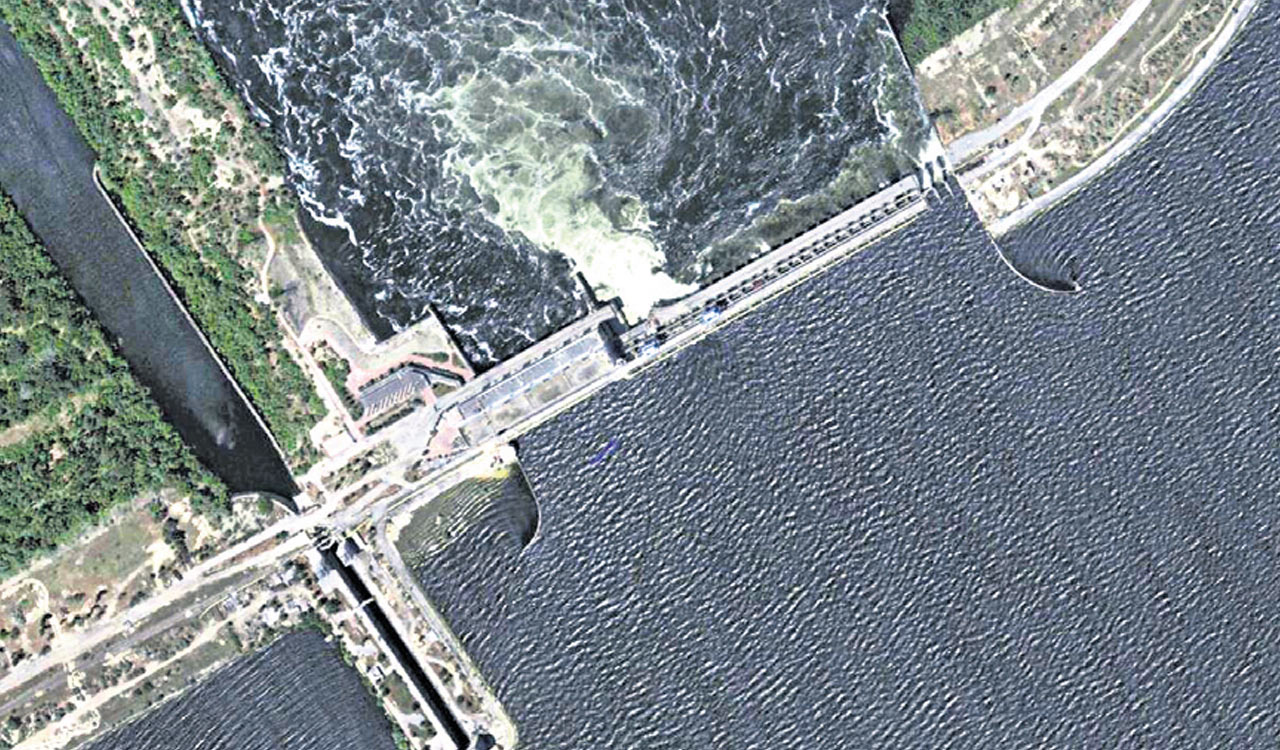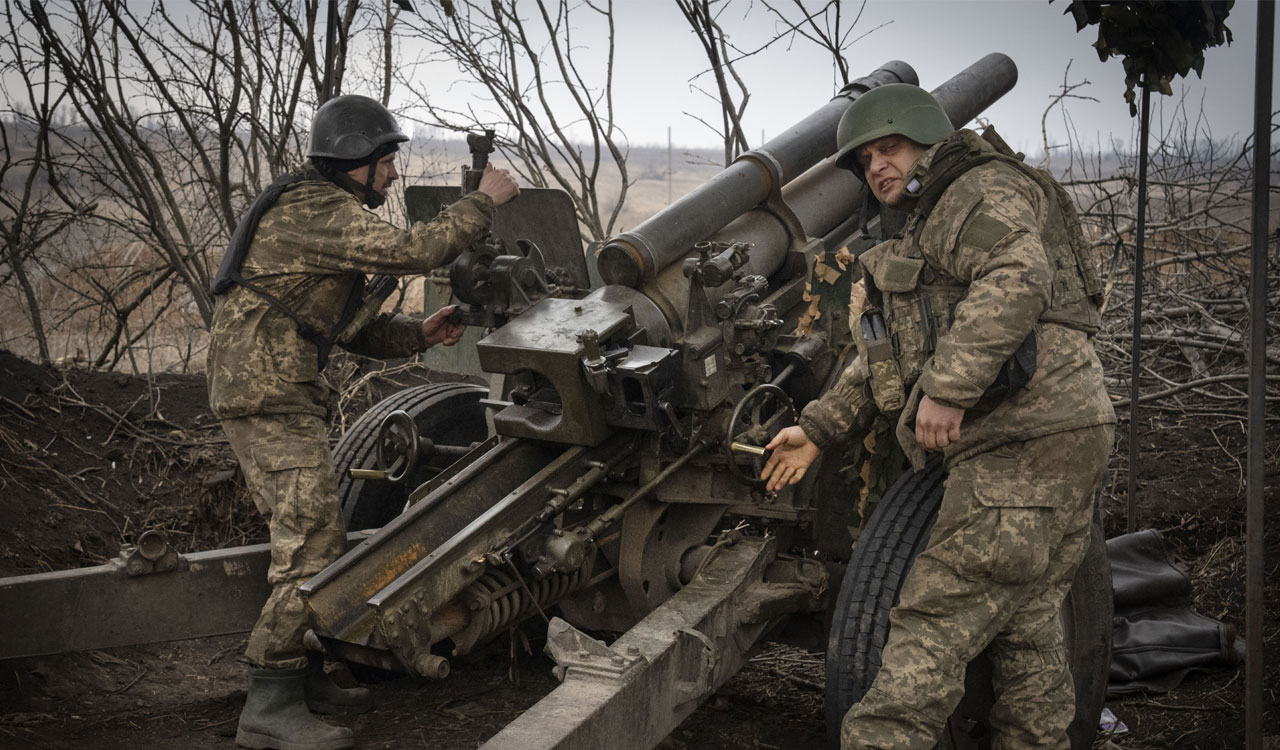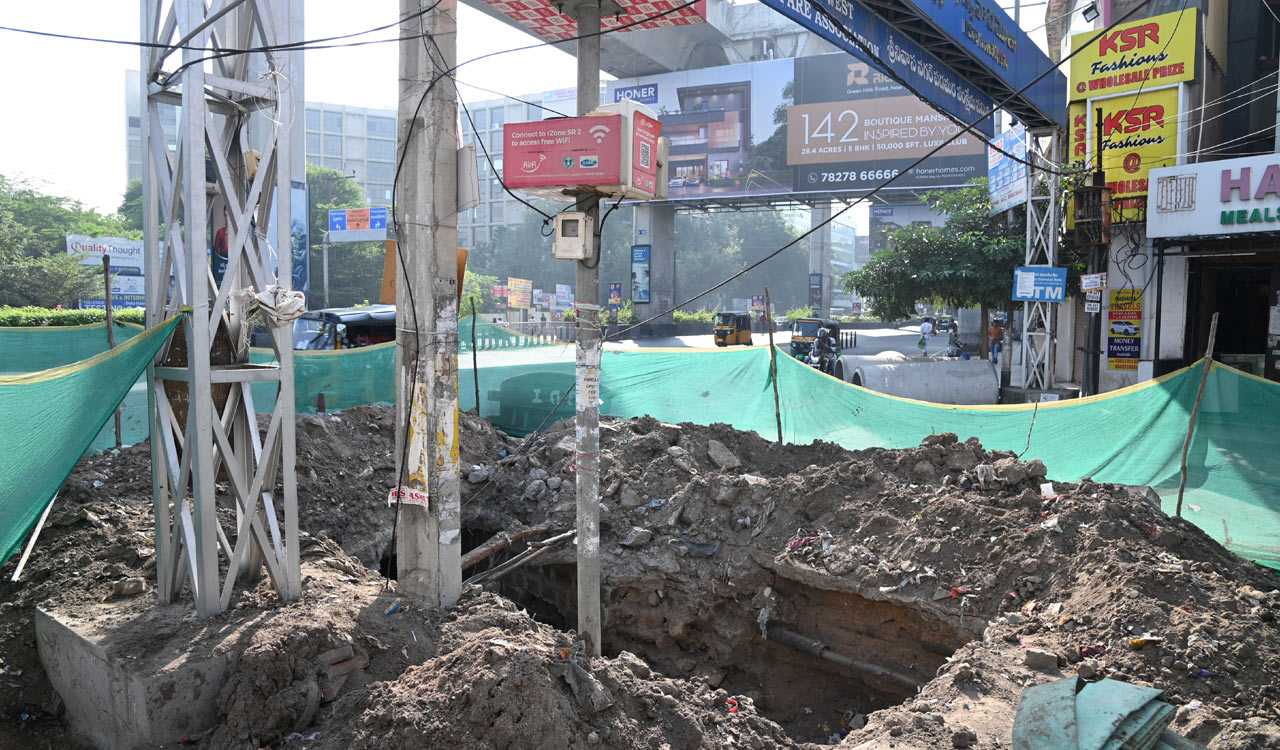Opinion: Weaponising water
Manipulation of water resources is a deadly tactic during conflicts

By Hanna Sunny, Dr Karamala Areesh Kumar
Water is a key to sustainable development and a catalyst for peace — Ban Ki-moon, Former United Nations Secretary-General
Throughout history, water has been strategically employed as a potent political tool in conflicts and disputes between nations. This has often involved deliberate attacks on critical water infrastructure, including pipelines, storage tanks, dams, irrigation networks and natural water sources, as a means to exert control or weaken adversaries.
This strategic use of water in warfare dates back to 52 BC during Julius Caesar’s Siege of Alesia when he cut off water supply to the Gallic oppidum, forcing its inhabitants into surrender. Tensions around the Indus, Brahmaputra, and Danube rivers, as well as the Nile dispute, demonstrate how conflicts over water supplies still arise in the modern world. The manipulation of water resources has proven to be a deadly tactic as aggression has grown, underscoring the critical role that water plays in both sustaining and ending human life.
Water Conflicts
In the Middle Ages, during pandemics such as the Black Death, minorities — Jews in particular — were frequently accused of poisoning. These claims, rooted more in cultural anxieties than in real instances of poisoning, led to violent reprisals. A noteworthy historical instance transpired in the 13th century when Genghis Khan redirected the Kaushui River’s flow as a form of retribution against the Tangut people, leading to acute water scarcity. These instances demonstrate how water, an essential resource, has shaped the path of history by influencing human communities and playing a major role in conflicts.
Throughout the modern era, water has been strategically utilised as a tool of warfare, notably during the two World Wars, where it was employed as a weapon to gain tactical advantages and disrupt enemy operations. During World War I, the retreating German army ruined wells and damaged infrastructure to deny supplies to the advancing Allied forces. Similarly, the Japanese forces utilised biological warfare in China during World War II to contaminate wells with cholera. Disease outbreaks occurred in 1898 as a result of animal carcasses poisoned wells in Cuba by the US Army.
In modern conflict, water has increasingly been weaponised as a strategic tool for coercion and territorial control, particularly in unstable regions. As a vital resource for human survival, it has been exploited by various actors to assert dominance over populations and disrupt livelihoods. Non-state actors such as ISIS have leveraged this tactic by employing methods such as poisoning wells and manipulating dam infrastructure either to inundate or deprive communities of water.
Historical instances, such as Saddam Hussein’s 1988 chemical attacks on Kurdish water supplies in Halabja, underline the enduring use of water as a mechanism of destruction. Recent conflicts, including those between Russia and Ukraine, and Israel and Palestine, continue to highlight water’s significance as a tool in geopolitical strategies, demonstrating its profound impact in both traditional and contemporary warfare.
Russia-Ukraine War
The humanitarian situation has worsened multiple times throughout the Russia-Ukraine War as a result of the two nations militarising their water supply. The water distribution system in Kharkiv was severely damaged by a missile attack in September 2022, cutting off supply to thousands of homes and a hospital. This deliberate destruction of essential infrastructure not only interferes with day-to-day activities but also endangers public health. Even more disastrous was the Kakhovka Dam collapse in June 2023, which fell under Russian jurisdiction. This led to disastrous floods that claimed lives in addition to destroying homes and farmland.
The long-term negative effects on food security and the local economy that the interruption of the water supply to these agricultural areas has caused demonstrate the grave ramifications of using water infrastructure as a target in conflict.
Israel-Palestine War
Water resources are strategically and delicately significant in geopolitical conflicts, as the conflict between Israel and Palestine demonstrates. Israel’s control over water sources and the barriers placed in the way of Palestinian access have been the two main areas of contention.
Palestinians typically have limited access to irrigation for drinking and agricultural purposes, which exacerbates their daily hardships and financial difficulties — 20,000 Palestinians were left without access to clean water when vital water infrastructure was destroyed by Israeli bombs during the Gaza War in 2014. This destruction’s immediate and detrimental consequences on public health and sanitation exacerbated the area’s dire humanitarian condition.
The Impact
Water infrastructure attacks can have serious repercussions, including contaminating water supplies, upsetting distribution and treatment networks, and denying impacted populations access to clean drinking water. Water scarcity frequently leads to poor sanitation and hygiene conditions, which increases the risk of waterborne infections.
For example, key water networks in Libya have been badly interrupted by armed conflicts, making access to clean drinking water difficult. Similar to how droughts and wars over water sources have destroyed pastoral economies in Somalia, the destruction of irrigation infrastructure during conflicts poses a threat to food security and agricultural livelihoods.
International Laws
Attacking, destroying, removing or devaluing the fundamental rights of the civilian population is prohibited by international humanitarian law, specifically the Geneva Conventions and their Additional Protocols. This includes Article 54 of Additional Protocol I, which protects objects indispensable to the survival of the civilian population, such as irrigation projects and systems that provide drinking water.
In warfare, adversaries frequently use water infrastructure as a strategic instrument, blocking access to water sources, hijacking water facilities, or cutting off water supply to coerce a population into surrender. These actions not only transgress international law but also exacerbate humanitarian crises, highlighting the urgent need for increased responsibility and legal enforcement to protect vital water supplies in times of conflict.
Mitigation and the Future
A multifaceted approach to reducing water conflicts and ensuring access to water includes safeguarding civilian water infrastructure and ensuring equitable governance of the water resources. Turkey, Syria and Iraq share the Euphrates-Tigris Basin, one example of a shared water resource that necessitates cooperation to avoid and settle conflicts. Cooperation in the management of these resources can help prevent potential conflicts.
Investing in the resilience of water infrastructure, diversifying water sources and boosting water efficiency are essential for further enhancing water security. By taking these steps, tensions over limited resources will be reduced and places that rely on shared water supplies will be more stable and sustainable.
Addressing these challenges requires a comprehensive approach that incorporates social, political and economic strategies alongside a firm commitment to legal frameworks and justice. The mismanagement of this vital resource has profound implications that cannot be overlooked. Water plays an essential role in human existence and conflict resolution, making its protection and equitable management crucial for maintaining stability and peace.

(Hanna Sunny is Research Scholar and Dr Karamala Areesh Kumar is Head, Department of International Relations, Peace and Public Policy, St Joseph’s University, Bengaluru)
Related News
-
Cartoon Today on December 25, 2024
2 hours ago -
Sandhya Theatre stampede case: Allu Arjun questioned for 3 hours by Chikkadpallly police
2 hours ago -
Telangana: TRSMA pitches for 15% school fee hike and Right to Fee Collection Act
3 hours ago -
Former Home Secretary Ajay Kumar Bhalla appointed Manipur Governor, Kerala Governor shifted to Bihar
3 hours ago -
Hyderabad: Organs of 74-year-old man donated as part of Jeevandan
3 hours ago -
Opinion: The China factor in India-Nepal relations
3 hours ago -
Editorial: Modi’s Kuwait outreach
3 hours ago -
Telangana HC suspends orders against KCR and Harish Rao
4 hours ago




